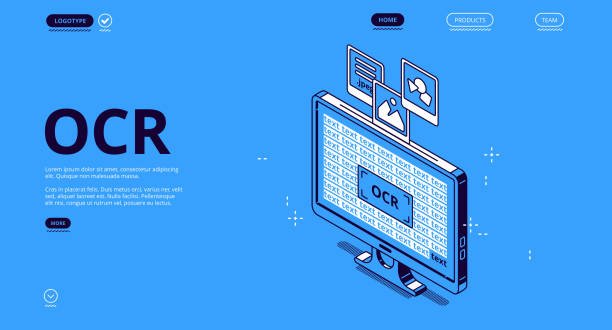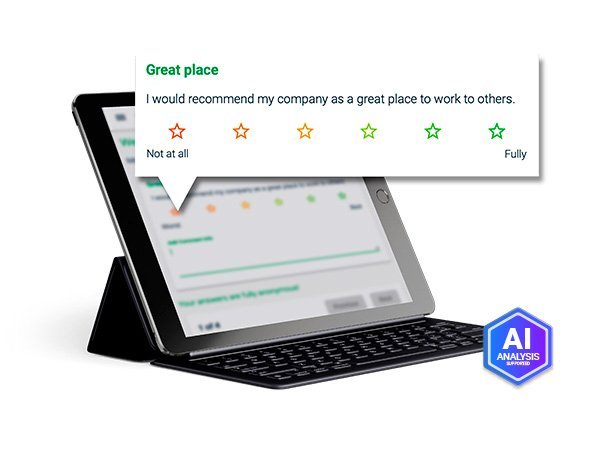Top 6 Use Cases of OCR for Businesses
OCR is a great technology for businesses to optimize their data extraction processes. It started in the 21st century when the dynamics of a historic newspaper were changed from paper-based to digital format. Since its inception, the OCR technology has gone through several developments and now can successfully extract data from handwritten files and image documents to automate businesses globally. The technology has achieved remarkable accuracy and is capable to reduce the overall time of manual data extraction and entry. Besides automation, OCR for businesses has also improved user experience in accessing the data who can now easily search, view, edit, and send the document to other systems efficiently using this great technology.
OCR Use Cases for Businesses
Converting paper documents into a computer format is a common corporate procedure. Before OCR services, companies had just one option: rewrite/type the text, which was a time-taking and error-prone process. In all firms throughout the world, automated OCR software is now replacing labor-intensive tasks. Old texts are easily accessible, search engines index files and number plate identification may be performed automatically with OCR. Aside from these, optical character recognition has the following applications:
- Information Retrieval
One of the applications of the OCR process is to create a searchable Pdf file. OCR software converts image-only Pdfs and hardcopy documents into accessible files for business applications. These digitally searchable documents, unlike typical PDF files, include an undetectable overlay that includes searchable text. OCR technology is employed for this, which functions as a digital system to extract names, phrases, keywords, and other data from those documents.
- Enhanced Security With Cloud Storage
Accessing paper files is difficult to prevent and they can be easily misplaced or stolen. Cloud storage makes it simple for businesses to secure data effectively, allowing for limited access and preventing data breaches. Data is extracted as well as protected by storing it in the cloud using OCR technology.
Cloud storage is preferred by small, medium, and even large businesses over physical storage space. Smart devices and businesses may access data from everywhere, on any smartphone or tablet, using cloud storage. OCR technology enables businesses to quickly store extracted data in the cloud, where users can readily access, read, and change it.
- Reducing Costs
Advanced OCR systems help organizations save money on data entry by reducing the need for a professional. The OCR system is built into the system’s framework and extracts all of the data it receives. Human data entry is substituted by an electronic machine. To pay a utility bill electronically, for example, the user simply needs to upload a previously paid bill, and the system will extract the information automatically. OCR solutions now eliminate the need for active workers to remain seated and search for each request. Furthermore, shipping and printing costs are minimized, and businesses can handle all information electronically rather than retaining a stack of paperwork that takes up a lot of room.
- Time optimization
Using OCR mobile app to extract data saves precious time for business operations that need attention. Optical text recognition software minimizes error rates and shortens the time it takes to accomplish a task by increasing accuracy. Furthermore, it creates the door for the organization to become more productive and generate more income.
- Digital Identity Verification
Online firms that want to maintain a clean consumer base must either do ID verification to protect their operations or follow regulatory standards. Verifying digital papers against government-issued identification documents can aid internet firms in weeding out dubious individuals. OCR technology is also used to verify documents, which involves a user uploading an ID card, driver’s license, passport, credit card, or another proof of identification to authenticate a person. The information is automatically extracted and confirmed with OCR systems in seconds.
- Automation
After integrating hard copies of their clients’ invoices into their system, digital firms scan them. The extracted information is checked automatically to ensure its reliability and accuracy. The slip can then be classified and entered into the accounting system. After assessing the material and moving it to the appropriate setting, the entire system is computerized.
Final Thoughts
To wrap up, OCR has just got all the businesses covered whether it is an e-commerce or a healthcare sector. With remarkable accuracy and quick real-time results, the OCR technology is helping industries streamline their operations around the globe. With seconds, digital banking services including banks and other firms can extract the data from any kind of document using OCR technology. This not only minimizes the burden of entering the data manually but also saves time for other tasks that are important and need greater attention from employees. Thus, OCR for businesses is a promising service to automate their operations and avoid heavy fines by adhering to OCR compliance.







